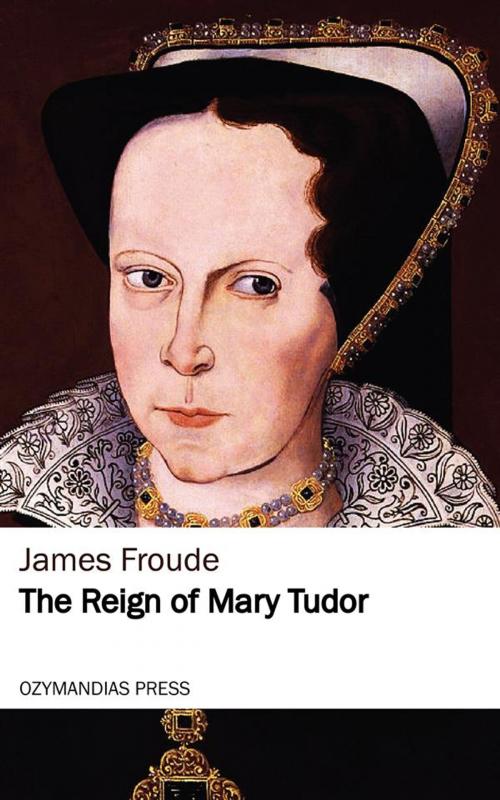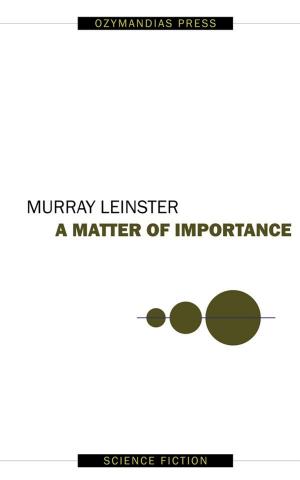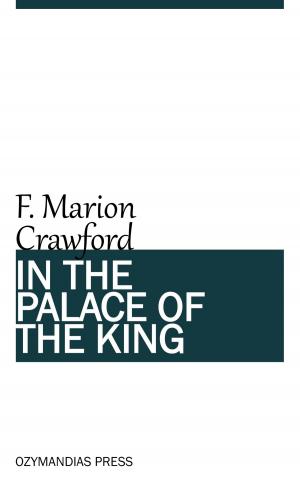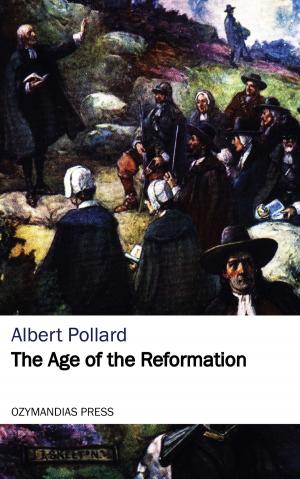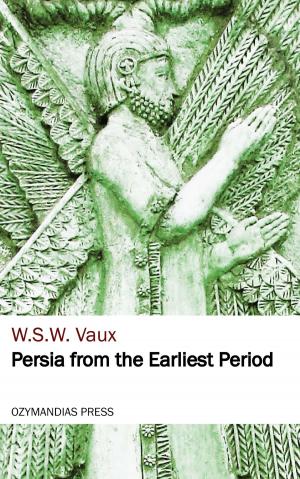| Author: | James Froude | ISBN: | 9781531281380 |
| Publisher: | Ozymandias Press | Publication: | June 6, 2016 |
| Imprint: | Language: | English |
| Author: | James Froude |
| ISBN: | 9781531281380 |
| Publisher: | Ozymandias Press |
| Publication: | June 6, 2016 |
| Imprint: | |
| Language: | English |
The memory of no English sovereign has been so execrated as that of Mary Tudor. For generations after her death her name, with its horrid epithet clinging round it like the shirt of Nessus, was a bugbear in thousands of Protestant homes. It is true that nearly 300 persons were burnt at the stake in her short reign. But she herself was more inclined to mercy than almost any of her predecessors on the throne. Stubbs speaks of her father's "holocausts" of victims. The persecution of Papists under Edward was not less rigorous than that of Protestants under Mary. When her record is compared with that of Philip of Spain, with his Council of Blood in the Netherlands, or of Charles IX. in France, she appears as an apostle of toleration. Why, then, has her memory been covered through centuries with scorn and obloquy?
Froude will have it that it was due to a national detestation of the crimes which were committed in the name of religion. Those who take a more detached view of history can find little evidence to support the assumption. The nation as a whole seemed to acquiesce in the persecution. The government was weak, there was no standing army, and Mary, like all the Tudors, rested her authority on popular sanction. Plots against her were few, and they were all easily suppressed. Parliament met regularly. It was not the submissive parliament of Henry VIII. It thwarted some of Mary's dearest projects. For some time it offered opposition to, if it did not actively resist, the Spanish marriage. It was inexorably opposed to the restitution of church property. It refused to alter the succession to the Crown as Mary wished. But it never remonstrated against the persecution of Protestants. It cheerfully revived the old acts for the burning of Lollard heretics. Froude suggests that Englishmen were aghast at the use to which they were afterwards put. But though parliament after parliament was summoned after the Smithfield fires had been lit, there was no sign of disapproval or of condemnation. When Edward died, there was an instantaneous return to Catholicism. When Mary died, Elizabeth had to walk warily in bringing about innovations in religion. Mary was crowned with the ceremonies of the Catholic Church. When Elizabeth was crowned, nearly all the bishops, including the "bloody" Bonner, attended, and the service of the mass was used. Harpsfield, the notorious Archdeacon of Canterbury, the last man to condemn heretics to the stake in England, publicly stated, weeks after the accession of Elizabeth, that there should be no change in religion. Later generations, judging events and characters by their own standard, have pitilessly condemned the Marian persecutions. The Englishmen of those days were not so squeamish or so indifferent...
The memory of no English sovereign has been so execrated as that of Mary Tudor. For generations after her death her name, with its horrid epithet clinging round it like the shirt of Nessus, was a bugbear in thousands of Protestant homes. It is true that nearly 300 persons were burnt at the stake in her short reign. But she herself was more inclined to mercy than almost any of her predecessors on the throne. Stubbs speaks of her father's "holocausts" of victims. The persecution of Papists under Edward was not less rigorous than that of Protestants under Mary. When her record is compared with that of Philip of Spain, with his Council of Blood in the Netherlands, or of Charles IX. in France, she appears as an apostle of toleration. Why, then, has her memory been covered through centuries with scorn and obloquy?
Froude will have it that it was due to a national detestation of the crimes which were committed in the name of religion. Those who take a more detached view of history can find little evidence to support the assumption. The nation as a whole seemed to acquiesce in the persecution. The government was weak, there was no standing army, and Mary, like all the Tudors, rested her authority on popular sanction. Plots against her were few, and they were all easily suppressed. Parliament met regularly. It was not the submissive parliament of Henry VIII. It thwarted some of Mary's dearest projects. For some time it offered opposition to, if it did not actively resist, the Spanish marriage. It was inexorably opposed to the restitution of church property. It refused to alter the succession to the Crown as Mary wished. But it never remonstrated against the persecution of Protestants. It cheerfully revived the old acts for the burning of Lollard heretics. Froude suggests that Englishmen were aghast at the use to which they were afterwards put. But though parliament after parliament was summoned after the Smithfield fires had been lit, there was no sign of disapproval or of condemnation. When Edward died, there was an instantaneous return to Catholicism. When Mary died, Elizabeth had to walk warily in bringing about innovations in religion. Mary was crowned with the ceremonies of the Catholic Church. When Elizabeth was crowned, nearly all the bishops, including the "bloody" Bonner, attended, and the service of the mass was used. Harpsfield, the notorious Archdeacon of Canterbury, the last man to condemn heretics to the stake in England, publicly stated, weeks after the accession of Elizabeth, that there should be no change in religion. Later generations, judging events and characters by their own standard, have pitilessly condemned the Marian persecutions. The Englishmen of those days were not so squeamish or so indifferent...
